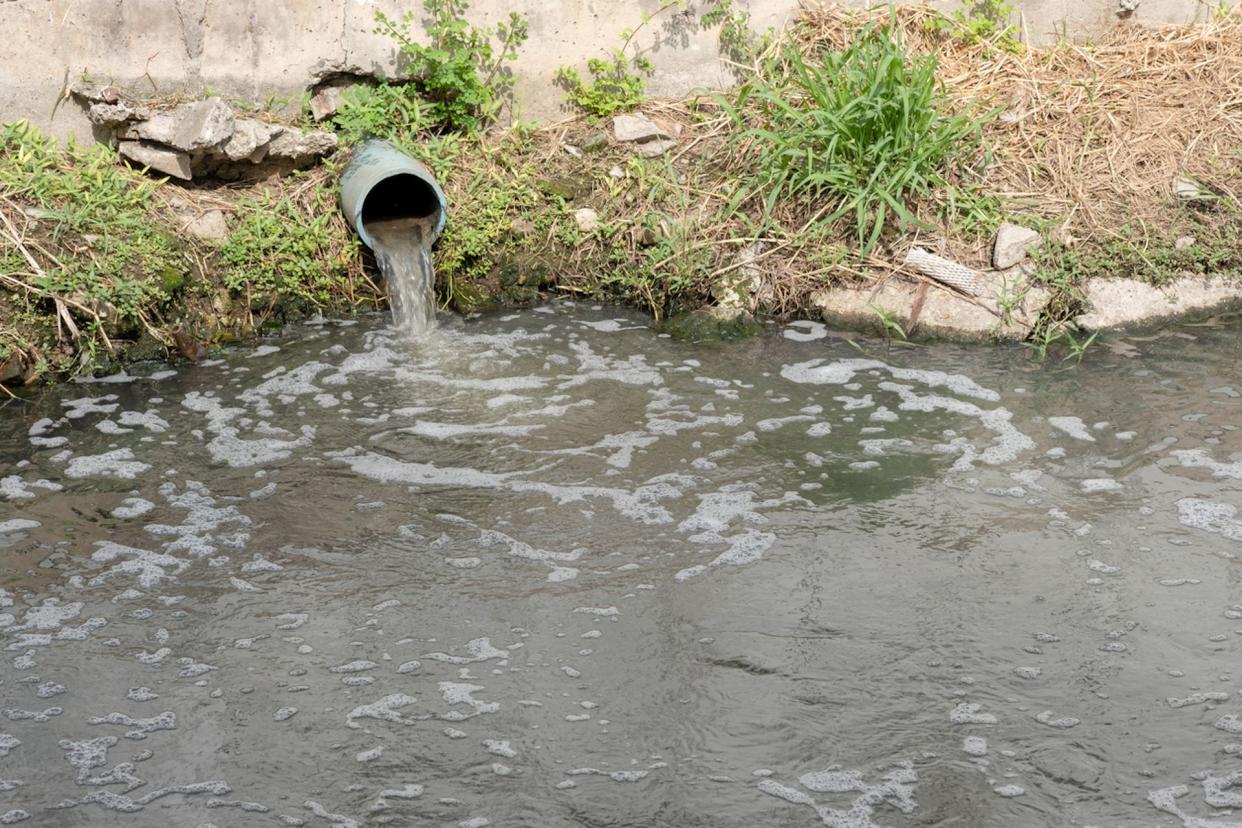Student develops warning system to detect potentially deadly toxins in water: ‘The most powerful natural poisons known’

Rising temperatures are leading to algal blooms in water systems increasing, and this is leading to human and animal risk because of the harmful toxins they can produce.
With that, detection methods are hugely important for public and environmental health, and a student at the University of Alberta has developed an ingenious way to do so.
Engineering student Jordan Eleniak has developed a microbial fuel cell that can recognize voltage fluctuations caused by toxins.
Having grown up in Lac La Biche in Alberta, Eleniak is familiar with the problem algal blooms can bring.
“The lake has always been plagued with blue-green algae blooms,” Eleniak said in a video the university posted on YouTube.
“[The fuel cell] takes bacteria and microorganisms natural to the environment. A healthy cell is going to have a particular voltage reading, and if any toxins or contaminants were to get into the water, the voltage reading will change.”
According to the Centers for Disease Control and Prevention, blue-green algae is also known as cyanobacteria and is made of microscopic organisms found in water.
As it thrives in warm water, global heating is encouraging cyanobacteria to grow much faster in fresh, brackish, and marine water.
But they can become harmful, with cyanotoxins “among the most powerful natural poisons known,” according to the CDC.
Swallowing water that contains cyanotoxins or eating seafood in which cyanotoxins are present can lead to stomach pain, headache, neurological issues, vomiting, diarrhea, and, in some cases, liver damage. Meanwhile, cyanotoxins have been known to kill fish, dogs, cattle, and birds, among other wildlife.
To keep ahead of potential illnesses caused by these toxins, the fuel cell can transmit data to an internet page, meaning they are easy to monitor and can be dealt with quickly.
Meanwhile, the fuel cell can be created using a 3D printer, so it’s cheap to build. Eleniak, who is of Métis origin, hopes the technology can be used to help indigenous communities across Canada that may be at risk of water-borne illnesses.
Eleniak’s fuel cell is not the only unique way of detecting algal blooms to be developed recently. Researchers at Oregon State University have found a way to “sniff” the air above water sources with instruments to see if gases associated with the blooms are present.
While detection is important, so is prevention. According to the Natural Resources Defense Council, atmospheric concentrations of carbon dioxide, methane, and nitrous oxide are the highest they’ve been in 800,000 years, and human activity is among the main reasons for this.
These gases remain in the atmosphere and trap heat, leading to increasing temperatures and warmer water.
So, making lifestyle changes to stop this type of pollution is important to limit the rate of global heating, which provides cyanobacteria the perfect environment to thrive.
Join our free newsletter for weekly updates on the coolest innovations improving our lives and saving our planet.


